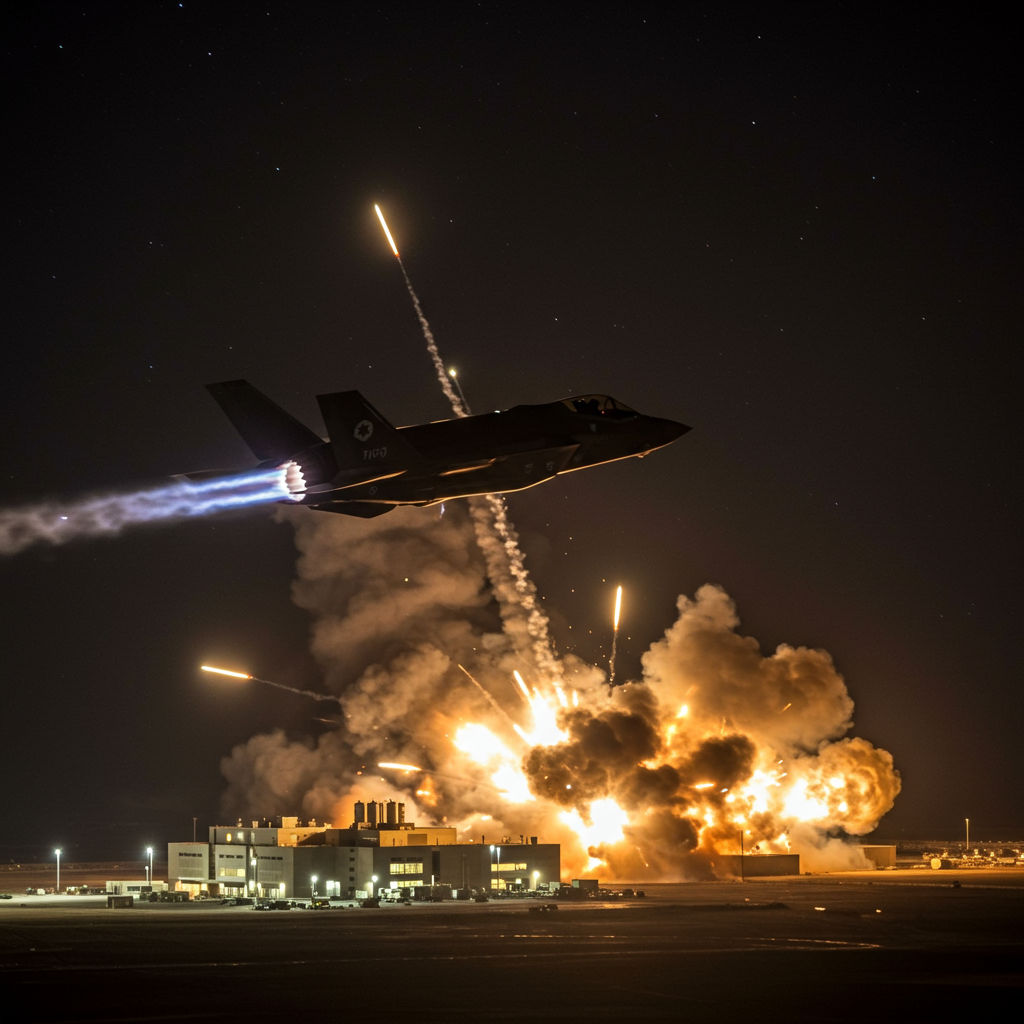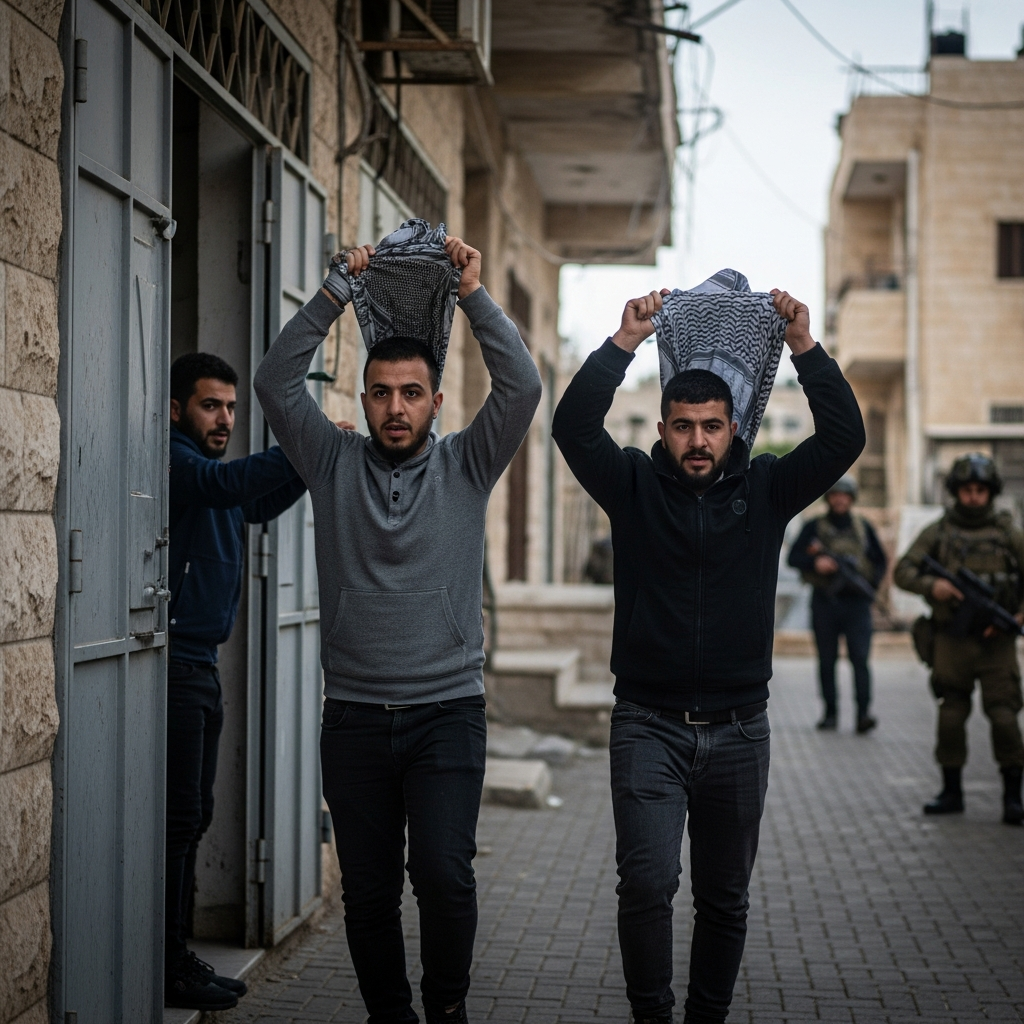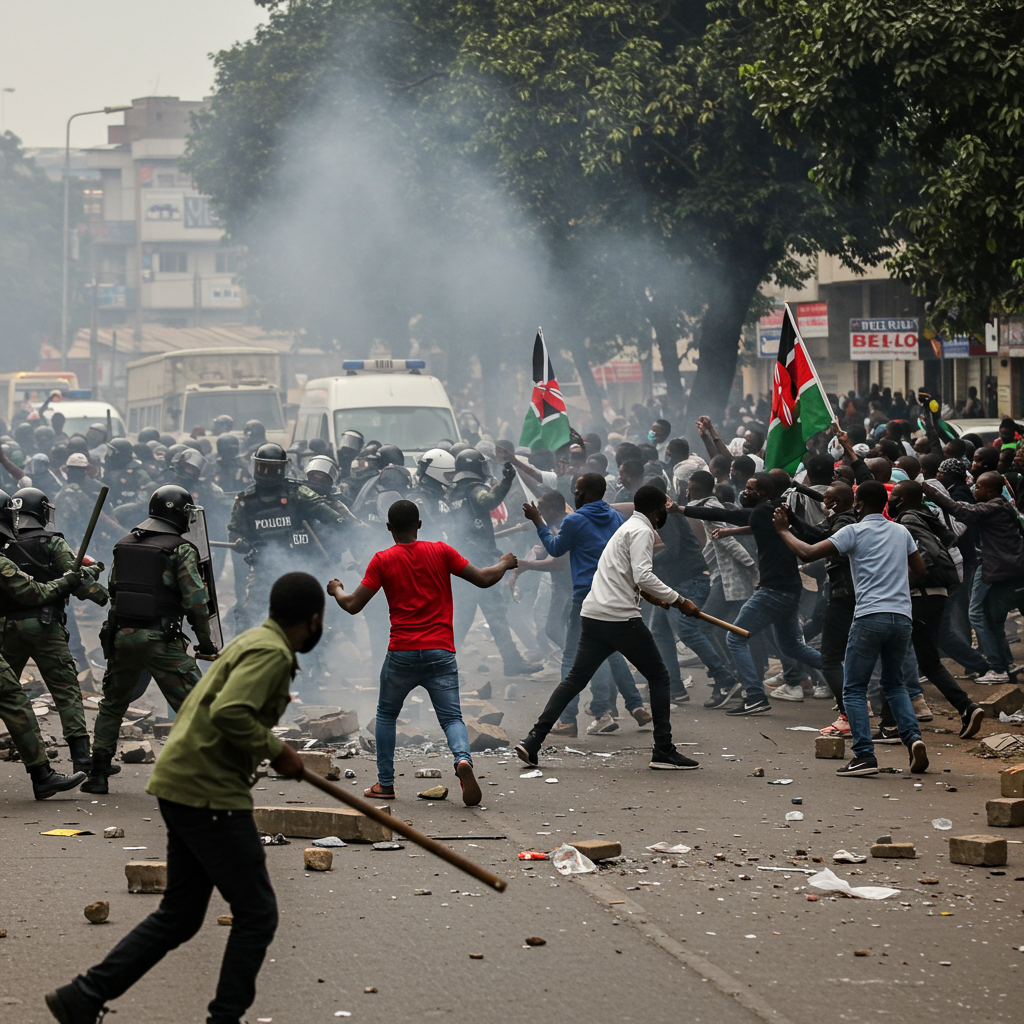Israel’s recent, protracted air campaign against Iran marks a highly ambitious attempt to achieve something unprecedented: dismantle a major military capability and effect regime change using airpower alone. This strategy, relying heavily on precision strikes and advanced intelligence without the deployment of a ground force, faces significant historical and practical hurdles that suggest it may be a “futile air war,” as argued by experts.
Throughout modern military history, from the strategic bombing campaigns of World War II to recent conflicts in Afghanistan and Ukraine, airpower alone has consistently failed to achieve such decisive strategic goals. Neither the United States nor Russia have managed to topple a government or completely eliminate a nation’s core military strength from the air. While Israel, the Middle East’s most powerful military, has achieved numerous tactical successes since October 7, 2023—including assassinating leaders, degrading air defenses, and damaging infrastructure—these victories are distinct from achieving the overarching objectives of eliminating Iran’s nuclear program entirely or replacing its government.
Many analysts suggest Israel may be falling into a “smart-bomb trap,” where overconfidence in technological superiority leads to setting unattainable goals. This overreliance on precision weaponry and intelligence, while yielding tactical gains, risks leaving Israel less secure in the long run by potentially hardening Iran’s resolve and pushing it closer to nuclear capability.
Can Air Strikes Eliminate Iran’s Nuclear Program?
A primary objective of Israel’s air campaign is halting Iran’s nuclear progress. While Iran currently masters the technology for building basic nuclear weapons, the key concern is its rapid accumulation of fissile material, primarily enriched uranium. However, eliminating this threat through air strikes faces formidable obstacles:
- Deeply Buried Facilities: Crucial enrichment sites like Fordow are buried hundreds of feet under mountains, and a new facility at Natanz is similarly deep underground. Current Israeli airpower appears to lack the payload capacity (like the U.S.’s 30,000-pound earth-penetrating bombs) necessary to reach and destroy these hardened locations. Attacks on Natanz have reportedly targeted surface infrastructure, leaving the deeply buried centrifuges untouched.
- Bushehr Reactor Risks: Attacking the Bushehr nuclear reactor carries the catastrophic risk of a Chernobyl-scale radiological release over populated areas in Iran and neighboring Gulf states. It would also likely trigger Iranian ballistic missile retaliation against Israel’s own nuclear complex at Dimona.
- Uncertainty and Reconstitution: Even extensive strikes cannot guarantee complete destruction. Without on-site inspections—which Iran is unlikely to permit, especially after attacks—assessing the true extent of damage, verifying the destruction of enriched material stockpiles, or locating clandestine centrifuge manufacturing sites is impossible. This uncertainty mirrors the intelligence failures that preceded the 2003 Iraq war, raising the specter of fears about covert programs persisting even after intervention.
- Significant Stockpiles: International Atomic Energy Agency (IAEA) reports indicate Iran possesses large quantities of enriched uranium, including a significant stockpile at 60% purity—enough for multiple nuclear weapons after short further enrichment. Eliminating this threat would require destroying an implausibly high percentage (>90%) of this material through strikes, in addition to centrifuges and manufacturing capabilities whose locations may be unknown.
Given these physical and verification challenges, military force alone appears insufficient to permanently dismantle Iran’s nuclear program. Experts suggest that dealing with this threat effectively may ultimately require a negotiated settlement focusing on enhanced international inspections and transparency, including access to undeclared sites and verification of weaponization-related activities, despite the complexities of past diplomacy.
Can Air Strikes Topple the Iranian Regime?
Recognizing the difficulty of eliminating the nuclear program solely through strikes, some strategists view regime change as an alternative path. Israeli Prime Minister Benjamin Netanyahu has suggested that the bombing campaign could weaken the Iranian regime, making it susceptible to popular revolt. However, achieving this through airpower is equally, if not more, ambitious.
Historically, airpower has never succeeded in toppling a government. Early theories that strategic bombing could incite civilian revolts have been disproven across numerous conflicts. Even the advent of precision weapons and targeted “decapitation” strikes aimed at killing leaders have largely failed. Attempts to assassinate figures like Muammar Qaddafi or Saddam Hussein from the air were unsuccessful, and regime change was only achieved through ground invasions. Killing a leader, as Russia did with Chechen leader Dzhokhar Dudayev, can paradoxically lead to a more radical successor and further conflict.
Crucially, regime change achieved via airpower has only worked when combined with local ground forces in a “hammer and anvil” approach, as seen in Afghanistan (2001) and Libya (2011). Israel is not conducting large-scale ground operations in Iran.
Furthermore, foreign military intervention, particularly bombing and targeting leaders, tends to have the opposite effect on local populations than desired. It often fuels nationalism and solidifies opposition to external interference, making people less likely to support a revolt orchestrated or aided by a foreign power, regardless of their dissatisfaction with their own government.
Caught in the Trap and Escalation Risks
The combined limitations on achieving both nuclear disarmament and regime change through air strikes leave Israel in a challenging position. Without a viable military path to completely eliminate the nuclear program—which Iran could potentially reconstitute covertly with less oversight—or a plan for a military coup, Israel faces the risk of escalating conflict without achieving its core strategic goals.
The current situation risks devolving into a dangerous “war of the cities,” with strikes on densely populated urban areas increasing civilian casualties and hardening resolve on both sides, leading to potentially disastrous consequences.
The Uncertain U.S. Role and Regional Dynamics
The potential for U.S. military intervention adds another layer of complexity. While some Israeli officials have stressed a U.S. obligation to assist, particularly with capabilities needed for deep strikes, the prospect of direct U.S. military involvement is far from certain.
There is significant bipartisan pushback in the U.S. Congress seeking to limit President Trump’s authority to engage militarily in the conflict without explicit congressional approval. Powerful voices across the political spectrum, including conservatives advocating for an “America First” approach, argue against drawing the U.S. into another costly “forever war” in the Middle East. Public opinion polls consistently show strong opposition among Americans to U.S. military intervention.
Analysts point out that even if the U.S. were to intervene, it wouldn’t guarantee a clean or quick resolution and carries significant risks, including retaliatory attacks on U.S. forces and infrastructure, potential cyberattacks, and disruption of global shipping. This domestic political opposition and the inherent risks of escalation make direct U.S. military intervention highly uncertain, leaving Israel largely to manage the consequences of its air campaign alone.
However, amidst the military escalation, a diplomatic path is being urged by regional actors. Arab states and Turkey, fearing being drawn into a wider conflict (as missiles are already overflying their territories) and facing risks to their infrastructure and economies, are uniquely positioned to mediate. They maintain ties with all parties—Israel, Iran, and the U.S.—and could lead a diplomatic initiative, perhaps through the Arab League, to push for de-escalation and prevent a regional catastrophe. Relying solely on the U.S. for mediation is seen as insufficient, highlighting the critical need for coordinated regional action as a potential last chance for peace.
Conclusion
Israel’s current air campaign against Iran, while demonstrating tactical capabilities, faces fundamental limitations rooted in the historical record of airpower and the specific challenges posed by Iran’s dispersed and hardened nuclear infrastructure and the dynamics of regime stability. The goals of completely eliminating Iran’s nuclear program or toppling its government appear unattainable through air strikes alone. This strategy risks entanglement in a dangerous cycle of escalation, potentially making the situation worse without achieving lasting security.
With the prospect of decisive U.S. military intervention uncertain and fraught with risks, the path forward may necessitate looking beyond military solutions. This includes the potential for a negotiated nuclear settlement focused on robust inspections and transparency, and crucially, the pressing need for regional diplomatic initiatives led by Arab states and Turkey to de-escalate tensions and find off-ramps to prevent a wider, devastating conflict in the Middle East.



